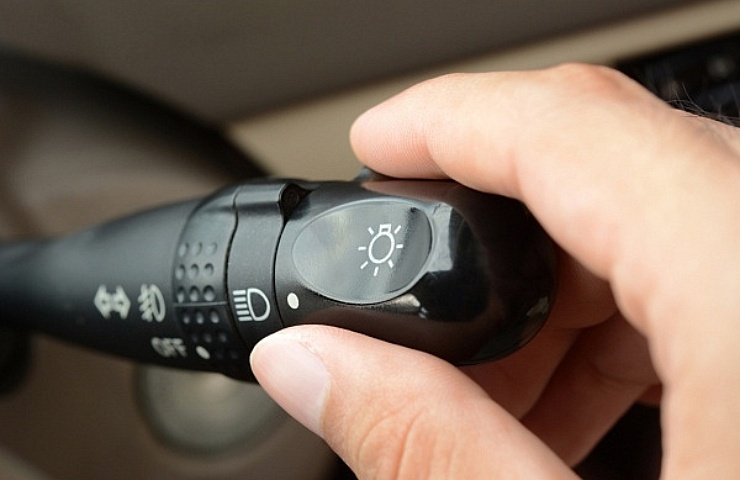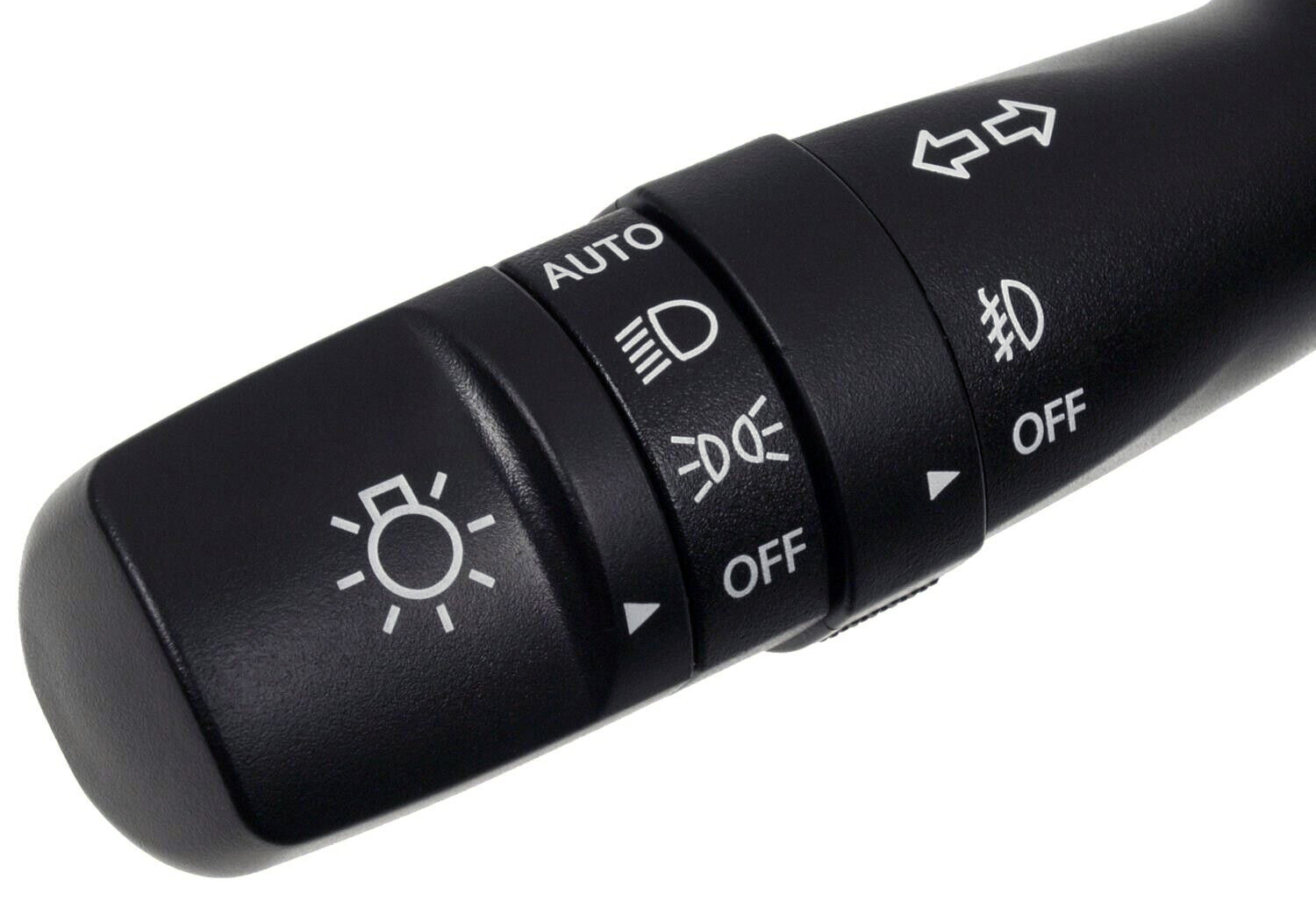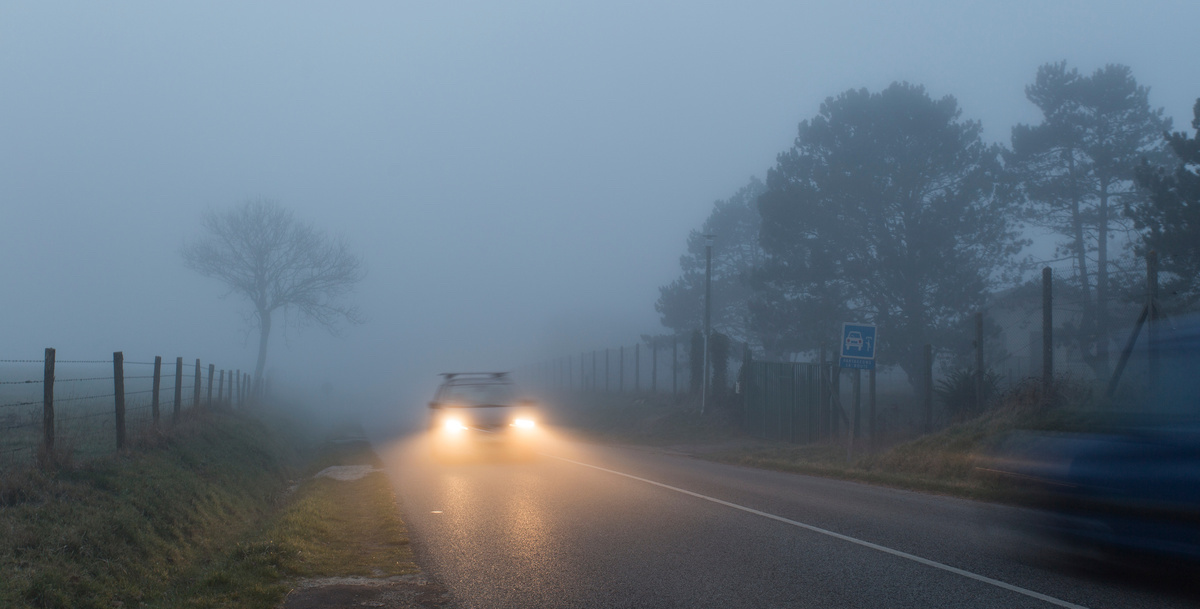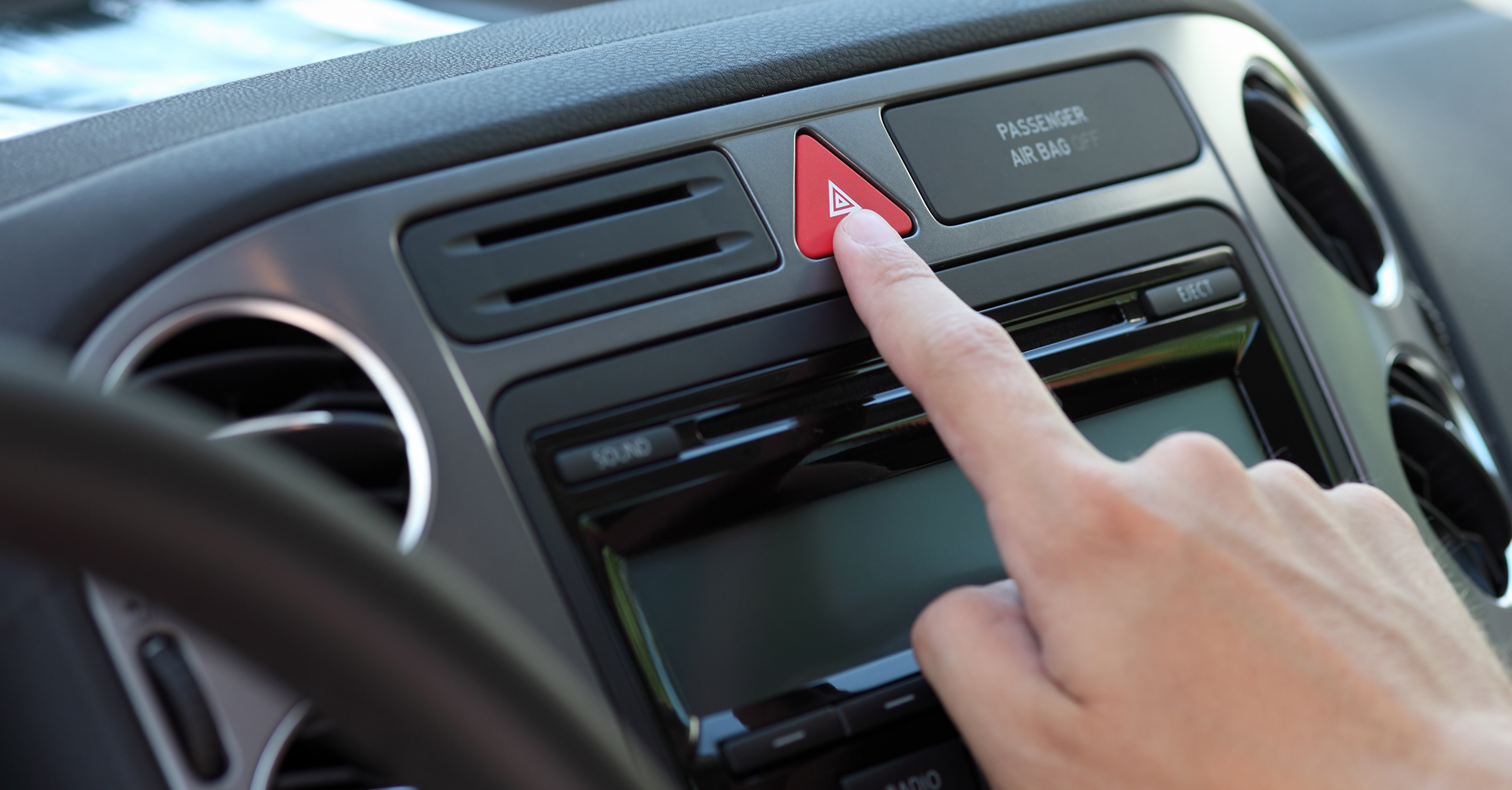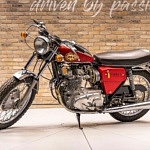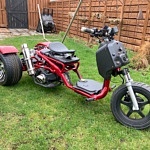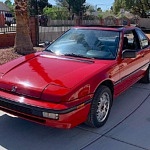Contents
Until recently, headlights were controlled by a simple two-position switch, almost always on the left side of the dashboard. Generations of drivers became familiar with how they work:
- Pull it out halfway, and you get parking lights—best used at dusk, primarily so your car can be seen.
- Pull it to the second stop, and the headlights come on.
- A twist of the knob controlled the brightness of the overhead light.
- Turn on the high beams by pushing a knob on the floor with your foot.
- This operation was somewhat standard, especially on American cars.
But today, all bets are off. The headlight control can be on the right or left side. It may be on a stalk or a dash-mounted switch, often with multiple functions and settings. The lights can be turned on/off manually or set to turn themselves off with the car’s ignition. And there’s a handy function that automatically dips the high beams when it senses oncoming traffic.
Shop now for headlight interior controls
What Are the Different Headlight Functions?
Let’s start at the beginning—with the switch itself. If it’s on a stalk, twist it to change settings. There are a few positions and functions to be aware of.
- On/Off is either clearly labeled or indicated by a circle. It’s gotten a lot harder to leave your headlights on inadvertently, but you should always ensure your lights are off when you lock the car. This can be confusing because often, the lights will remain on for a short period—30 seconds to a minute or two—to help you find your way.
- Running/parking lights are usually one click up on the stalk. This is usually marked with a symbol of two smaller lights facing each other.
- Headlights can be accessed on a second click, usually in the low beam mode by default. The stalk indicates this with a single, more prominent light symbol. If the car has automatic headlights, the setting is often indicated by the word “auto” or just the letter A.
- Bright lights are usually engaged by moving the stalk forward. This will also illuminate a blue dashboard light with the headlight symbol. Moving the stalk forward again turns the brights off.
There are no hard and fast rules for headlight operation, so it’s helpful to consult your owner’s manual.
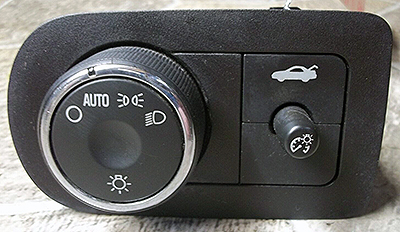
Dash-mounted light switch for 2006-2011 Chevrolet Impala
If your car has a dash-mounted switch (usually to the left of the steering wheel), it will use the same sequence. The low/high beam function will often be on a stalk (usually, the turn signal stalk). The foot pedals started disappearing around 1980. (They tended to corrode from wet feet or windshield leaks.)
Automatic headlights work with photoelectric sensors that measure the ambient light and send information to an electronic control unit that turns the lights on and off. That’s how it knows it’s getting dark or you’ve entered a tunnel or other low-light area. If the car has an automatic bright/dim function, additional sensors will be tuned to look for oncoming traffic.
Fog Lights
If your car is equipped with fog lights, those may have a separate dashboard switch or a stalk position. The fog lights, usually mounted below the headlights, help you see in rain or when conditions are misty. They should be turned on when visibility is less than 300 feet— about the length of a football field. Some vehicles also have red rear fog lights that help other drivers see you. Again, the switch for these lights might be on a stalk or the dash.
The symbol for front fogs is a green light shining left, with a wavy line through the beam. The rear fog symbol is amber and points right, with a wavy line.
Shop now for fog lightsHazard Lights
All new cars are equipped with a hazard light switch, which typically blinks both turn signals to warn other drivers that you’re broken down and that the disabled vehicle can present a danger. The ignition switch doesn’t have to be turned on for these lights to work.
A red triangular symbol within another red triangle typically represents the hazards. The switch blinks when the warning is active. Britain’s Royal Automobile Club (RAC) recommends only using the hazards when you’re stationary or “if you are on a motorway and there is an obstruction up ahead that you need to warn other drivers about.”
How to Use Headlights
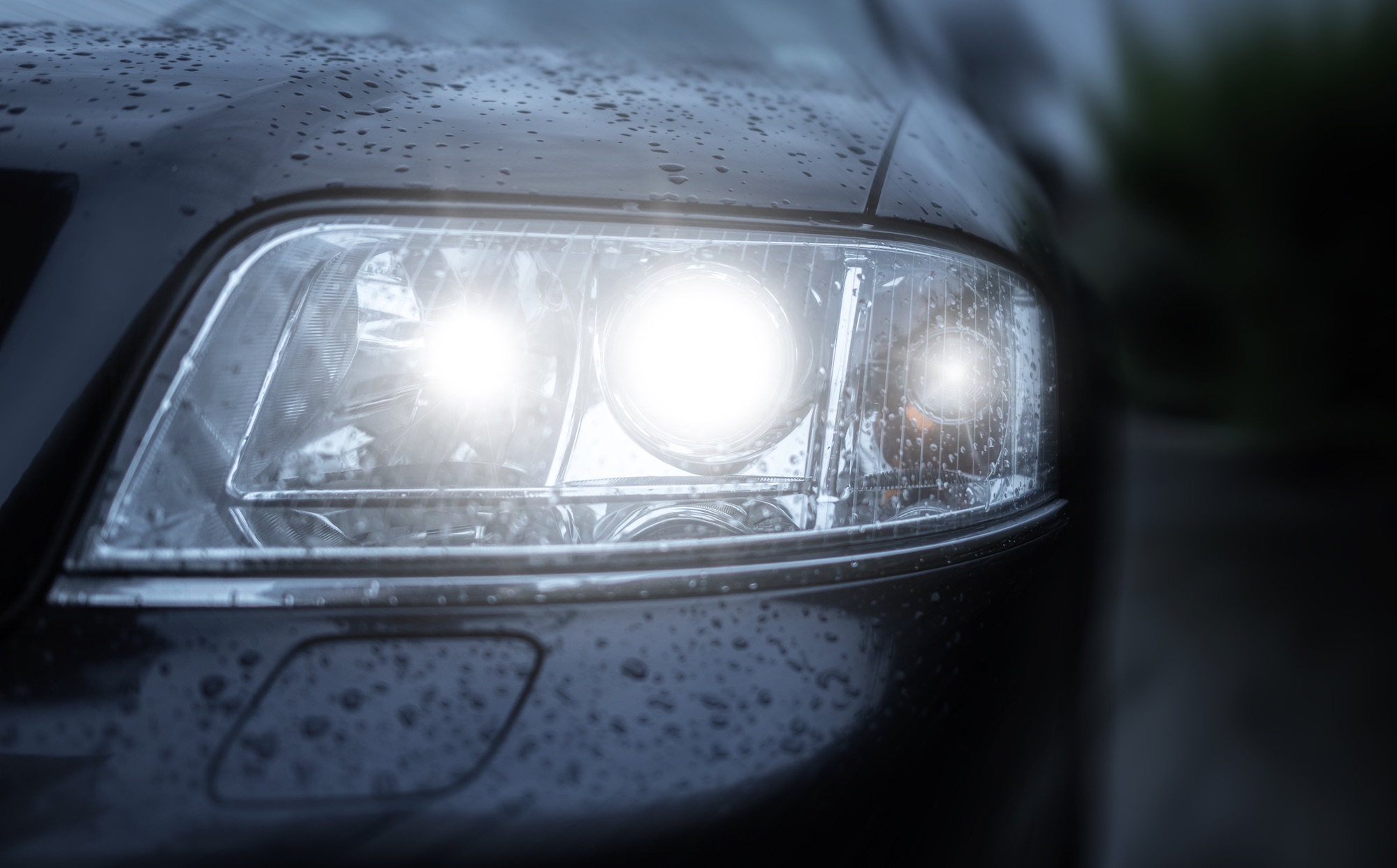
Default driving should be done with low beams. High beams are angled higher and can blind oncoming drivers. High beams should only be used when driving on dark, unlit roads at night. You should return to low beams if you encounter traffic coming the other way—cars, trucks, pedestrians, cyclists. On some vehicles, this is done automatically with sensors.
Make Sure Your Lights Are Working Properly
The first and easiest thing to do is, with an accomplice in the car, call out “turn on headlights,” “low beam,” “high beam,” and “left blinker” as you walk around the car. This will ensure that everything is working as intended. Don’t forget to check the brake lights.

Illustration Courtesy of the Federal Highway Administration
The second step is aiming the headlights properly. Driving over potholes and other obstacles can put them out of adjustment. You need to do this if it seems the headlights aren’t providing as much light as they once did.

